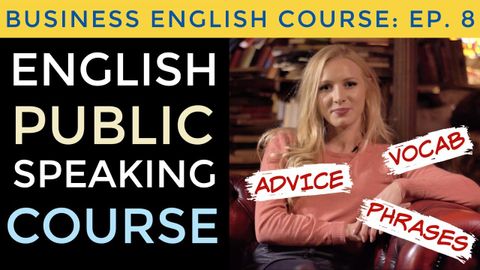
字幕と単語
プレゼンテーションのフレーズとスピーチのアドバイス|ビジネス英語コース Lesson 8 (Presentation Phrases & Public Speaking Advice | Business English Course Lesson 8)
00
Aniceeee が 2021 年 01 月 14 日 に投稿保存
動画の中の単語
process
US /ˈprɑsˌɛs, ˈproˌsɛs/
・
UK /prə'ses/
- v.t.(コンピュータの)データを処理する;処理する;処理する;一連の工程を経る;加工する : 加工処理する;理解する
- n. (c./u.)手続き;一連の行為;方法;訴訟手続き;プロセス (コンピューター)
A2 初級TOEIC
もっと見る present
US /ˈprɛznt/
・
UK /'preznt/
- adj.出席している;現在
- n.プレゼント;現在時制;現在;贈り物
- v.t.紹介する;司会をする;発表する;提示する;(賞を)贈呈する
- v.i.現れる
A1 初級TOEIC
もっと見る elaborate
US /ɪˈlæbəret/
・
UK /ɪ'læbəreɪt/
- v.t./i.詳細に述べる;精巧に作る;詳しく展開する
- adj.手の込んだ : 精巧な : 入念な
B2 中上級TOEIC
もっと見る エネルギーを使用
すべての単語を解除
発音・解説・フィルター機能を解除
